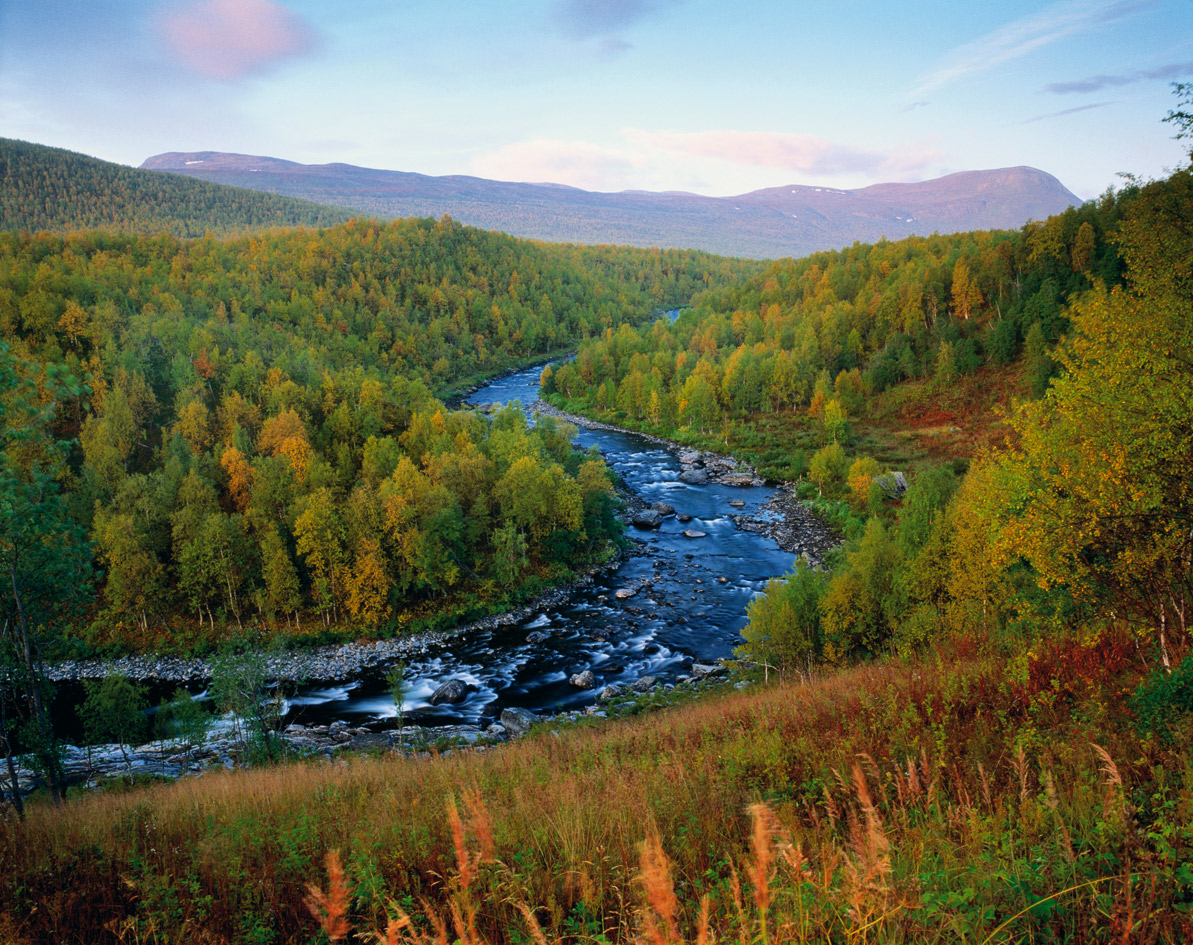
Science Challenges Preconceived Opinions About Forestry
Our ancestors believed that the Earth was flat and that the sun was the center of the universe. Fire, water, air and soil were considered to be the four building blocks of everything. The constellation of stars has been thought to influence human life directly. In hindsight, many widely-held opinions of the past look almost entertaining.
By stark contrast, scientific discoveries enabled people to travel to the moon, helped develop modern medicine and grow life-expectancy. The ancient Greeks communicated to the gods through smoke, while today we can communicate instantaneously with any billions of other humans anywhere on the globe. Our modern life is enabled and enhanced by science every minute of the day.
Regarding wood, we often find the public more receptive to misperceptions and myths that are not true to what we know in the fields of biology and specifically, forestry. A good example is the misunderstanding and miscommunication about the role trees play in the absorption of carbon from the atmosphere.
It is a broadly accepted scientific fact that forests absorb carbon from the atmosphere. Yet, the important question, how much carbon do trees absorb, is left up to speculation in the popular media.
But we know better: A new study recently revealed major carbon absorption differences among forests of different types and ages (“The fate of carbon in a mature forest under carbon dioxide enrichment”, NATURE, Volume 580, April 9th 2020, page 227).
Key findings are: mature forests absorb substantially less carbon than young vibrant forests. This contradicts beliefs frequently propagated in popular media. The study’s authors collected data over a long timeframe (over four years in a >90 year old forest in Australia), measured carefully and analyzed in detail – the results did not match expectation: only young forests absorb large amounts of carbon; and mature forests do not grow much faster if exposed to additional carbon. A surprising result: about half of the carbon the forest absorbed was actually absorbed by the soil supporting the trees, not the trees themselves.
The authors of this study draw far-reaching conclusions from their results, most notably: Preserving natural, non-managed forests as a global carbon sink is not very effective to mitigate human induced climate change. A better strategy seems to be good sustainable forest management with regular harvests of mature trees, thereby maintaining the carbon reducing characteristics of the entire forest ecosystem.
Science creates knowledge daily. Sometimes new revelations are surprising. It is up to us to draw careful conclusions, tell factual stories, and make informed policy choices.



